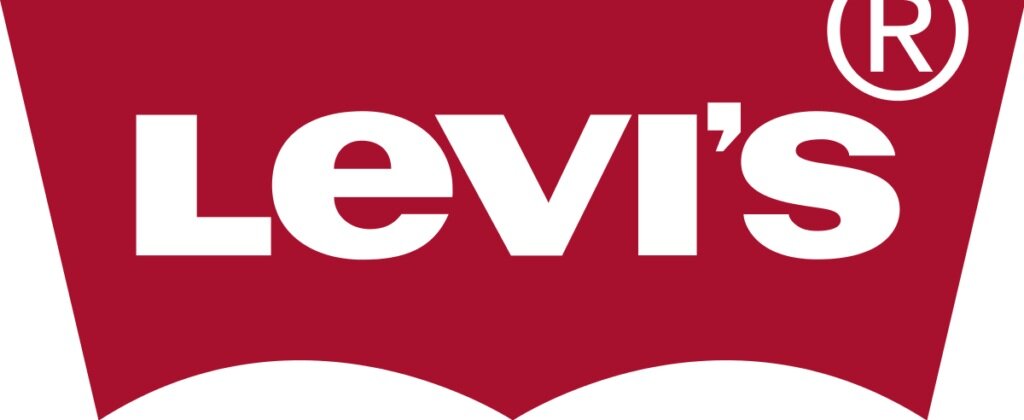Logo Design Crash Course Part 1 Anatomy Of A Logo
When approaching a logo design, there is a lot to know. It’s the core values and fundamental principles of a company, distilled down into a graphic. Logo designs have to look good at almost any size, and hold up in both print and web.
I have come up with a logo crash course to explain the basics. It will focus on the visual side of branding, and some of the principles behind good logo design.
PART 1: Anatomy of a Logo
To begin the logo crash course I am going to cover the anatomy of a logo. I will go over the different types of logos and the parts they are made up of.
The first type of logo we’ll look at is the Signature.
A signature is a composition of different logo elements, arranged to work together as one unit. Signatures usually consist of a Brandmark, Logotype and Tagline. The beauty of a signature is that the same elements can be rearranged. This allows a brand to have several different signatures, each arranged specifically for its own purpose.
You can see a perfect example of this in the two versions of the Airlines for America logo designed by Pentagram.
Next let’s look at Emblems.
Emblems, like signatures, are made up of different elements. The way they are different is that they can’t be rearranged. The lettering is attached to, or makes up part of the brandmark itself. Emblems are essentially signatures in the form of a solid block. These can sometimes present problems at smaller sizes.
The Levis logo is a good example of an Emblem designed to work well at small sizes. It is a simple but distinct shape with large bold letters inside.
What are Wordmarks?
Wordmarks use the letters of the company name to form the logo. The letters are often customized using a distinctive font, colors or arrangement. Wordmarks can stand alone or be combined with a Brandmark of some kind.
What are Brandmarks?
Brandmarks are the graphic elements or icons that are either contained in a signature, or stand alone as a logo. Brandmarks can be easily broken into three main categories.
• Letterform
Designs using a unique letter based symbol to represent the brands name and attributes in one mark.
Adobe uses negative space to make an A form in their Brandmark.
• Pictorial
A mark that uses a recognizable image, stylized to match a brands identity.
The Penguin books logo is a perfect example of a pictorial Brandmark. It is instantly recognizable as a penguin, and stylized to suit the brand perfectly.
• Abstract
Designs that use a purposefully ambiguous symbol to represent an idea or company value. Though they are not recognizable as literal images they should tell you something about the brand it represents.
The Adidas bars are not designed to look like anything, but they have a lot of meaning attached to them, and represent some of the brands founding principles.
None of these elements are better than the others, but they will all be better suited to specific situations.
Using the right element, or combination of elements will help a brand stay dynamic and evolving. That is how better designed brands will stand the test of time.






